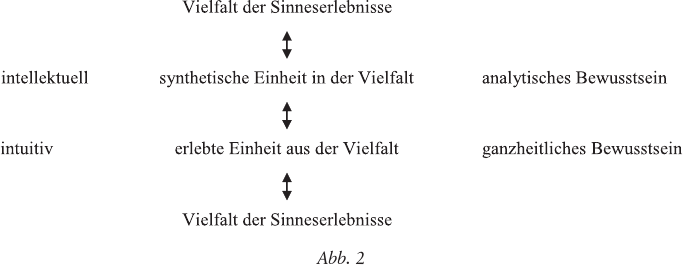Anschauende Urteilskraft
Export Article Citation as
- Plain text
- BibTeX
- RIS format
- Download price : € 6.00
Abstract:
The concept of intuitive judgement in perceiving (anschauende Urteilskraft) is examined from a number of perspectives: how Goethe presented the concept; what the philosophers of science Henri Bortoft and Jost Schieren say on the matter; my own experiences as a morphologist and what Wilhelm Troll offers on the subject. Following Kant, Goethe distinguished between a perceiving and a reflecting discursive intuitive judgement. For Kant, intuitive judgement is conceivable but not realisable. For Goethe, intuitive judgement is a fact of experience. Henri Bortoft and Jost Schieren contradict one another when describing how Goethe arrived at intuitive judgement. From my own experience, and in the sense of Jost Schieren’s description, in order to develop intuitive judgement it is necessary to occupy oneself with the incredible diversity of sensory experience. The study of the metamorphosis of plants and Goethe’s original texts throw new light on what Goethe called the two driving wheels of nature: polarity and intensification. Likewise, Goethe’s statement ‘all is leaf ’ appears in an unexpected perspective; in contrast to the previously dominant view, Goethe’s remark is not primarily a matter of the leaf. With Wilhelm Troll, intuitive judgement expresses itself in the experience of the living reality of models which allow morphological questions to be solved.

